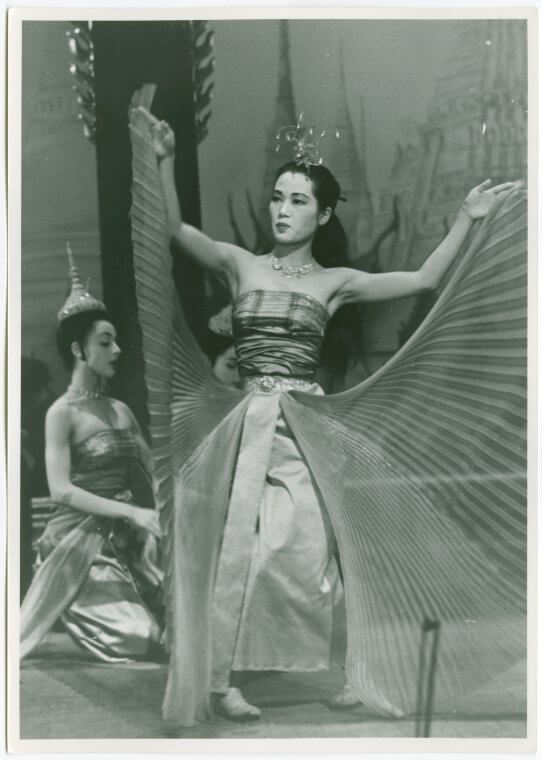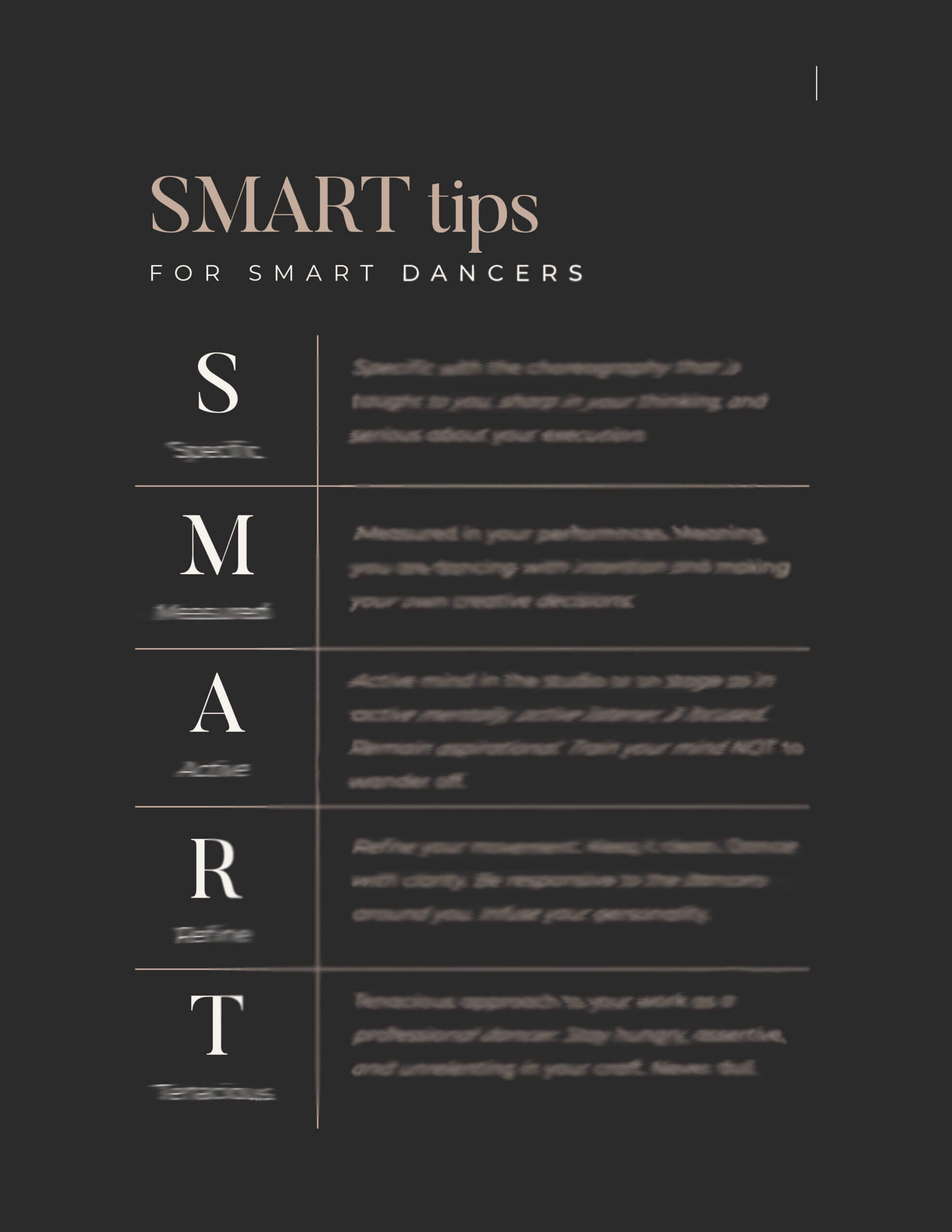During Asian and Pacific Islander Heritage Month, The Sonja McCord X wants to highlight Asian American Pacific Islanders dancers and choreographers’ accomplishments. We’ll share a few stories of both past and present artists and show their impact on the dance world today:
Michio Ito (1893-1961)
Michio Ito was born in Tokyo but traveled to Europe to study opera. While there, he instead studied eurythmics and began creating his works. Ito is best known for his noh performance, which inspired poet William Butler Yeats’ play At the Hawk’s Well, in which Ito danced.
Noh is a classical Japanese dance-drama that has been around since the 14th century. Based on traditional Japanese folklore and literature stories, Noh features a supernatural transformed into a human as the narrator. Noh uses masks, props, and costumes to tell the stories.
Devi Dja (1914-1989)
Devi Dja was a legong dancer born in Java. Legong is a Balinese ceremonial dance traditionally danced by young girls, and Dja began dancing in this style at age six after seeing a ballerina Anna Pavlova perform. Then, during World War II, Dja resettled in Hollywood and began choreographing her own dances. She also became the first Indonesian to gain American citizenship in 1954.
Sono Osato (1919-2018)
Sona Osato was the first Asian performer to travel with the Russian Ballet and star in a Broadway musical. When Sona first began performing, roles for AAPI people on screen were often limited to servants and prostitutes. However, her Japanese ethnicity was not always a significant barrier as a dancer. The US government also targeted her during the rise of McCarthyism because of her social justice work.
Michiko Iseri (1920-)
Michiko Iseri practiced kabuki and classical dance as a child. She continued dancing and performing though they detained her at Wyoming’s Heart Mountain internment camp. After moving to New York City in 1944, she joined dancer Teiko Ono’s pan-Asian dance company. Michiko continued teaching and became an established teacher of Japanese dance by 1948. She also performed in Broadway’s production of The King and I despite her concerns about its racist portrayals of Asians and the fact that the performance was primarily done in yellowface.

Asian dancers have a rich history and culture and have significantly impacted the dancing world. Moreover, these choreographers represent only some of the talent contributing to today’s dance industry.
This year for AAPI Heritage Month, we encourage you to take some time to learn about Asian dance history and try out a new dance style. In addition, be sure to continue using your platform and your voice to help stop Asian hate and dismantle problematic ideas about the Asian community.











Leave a Reply